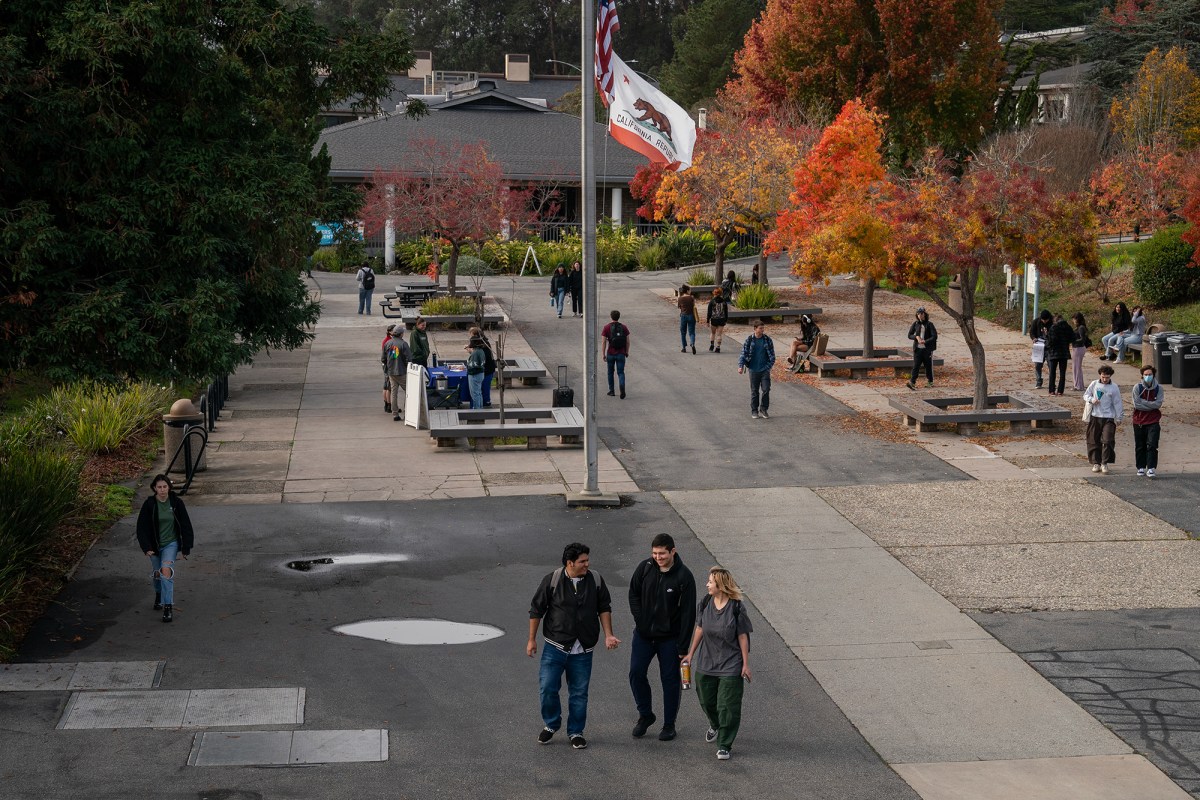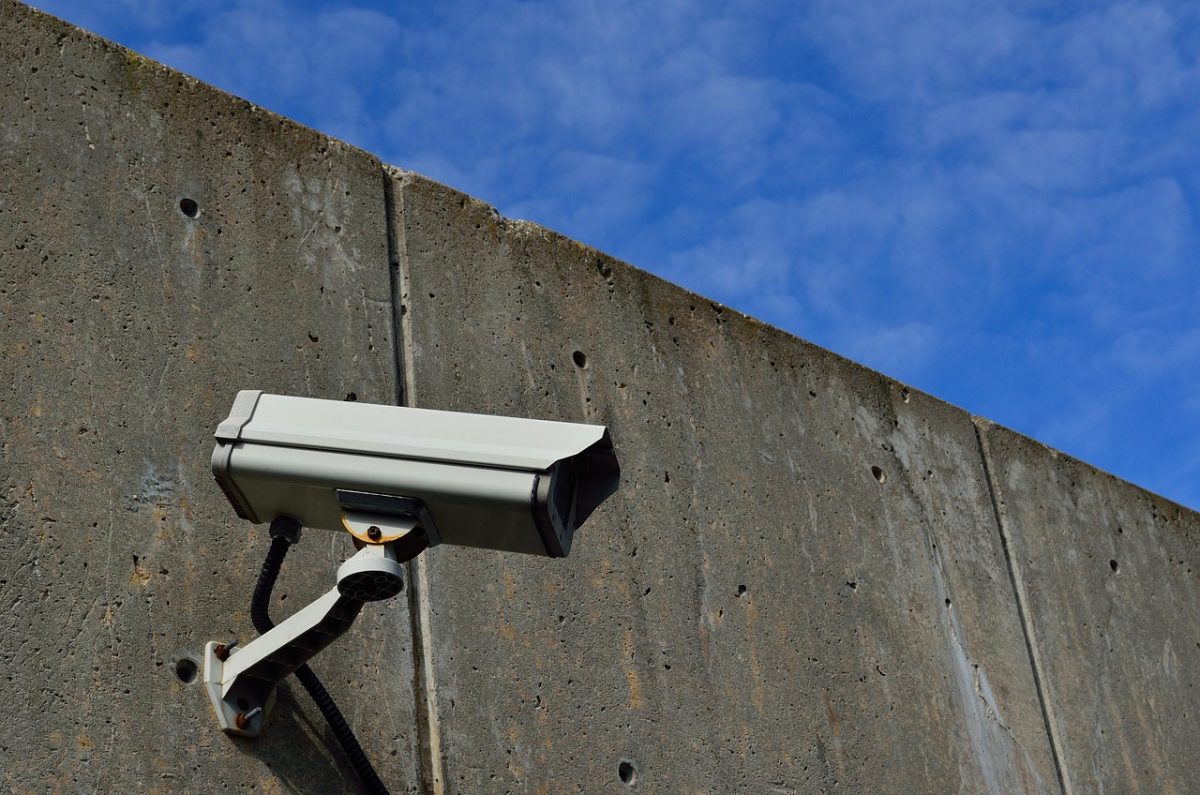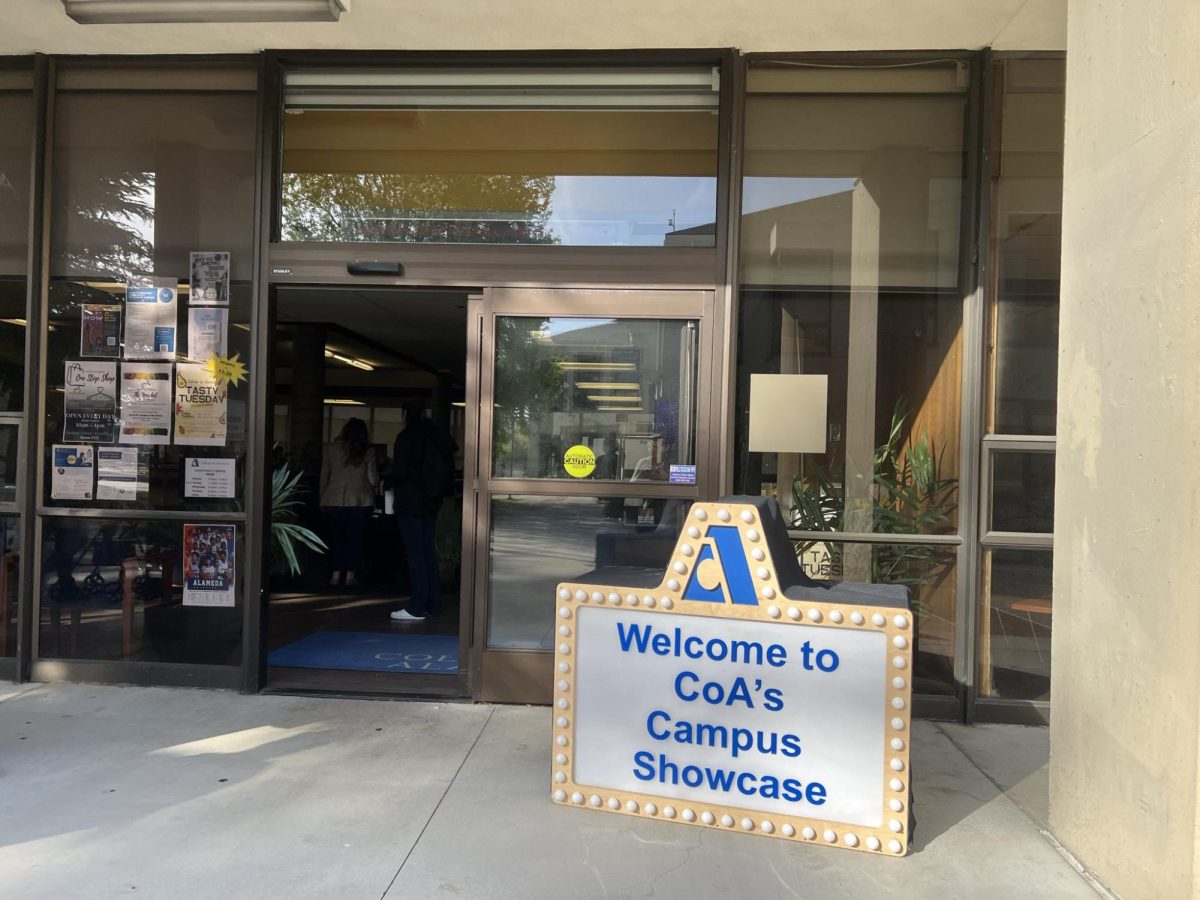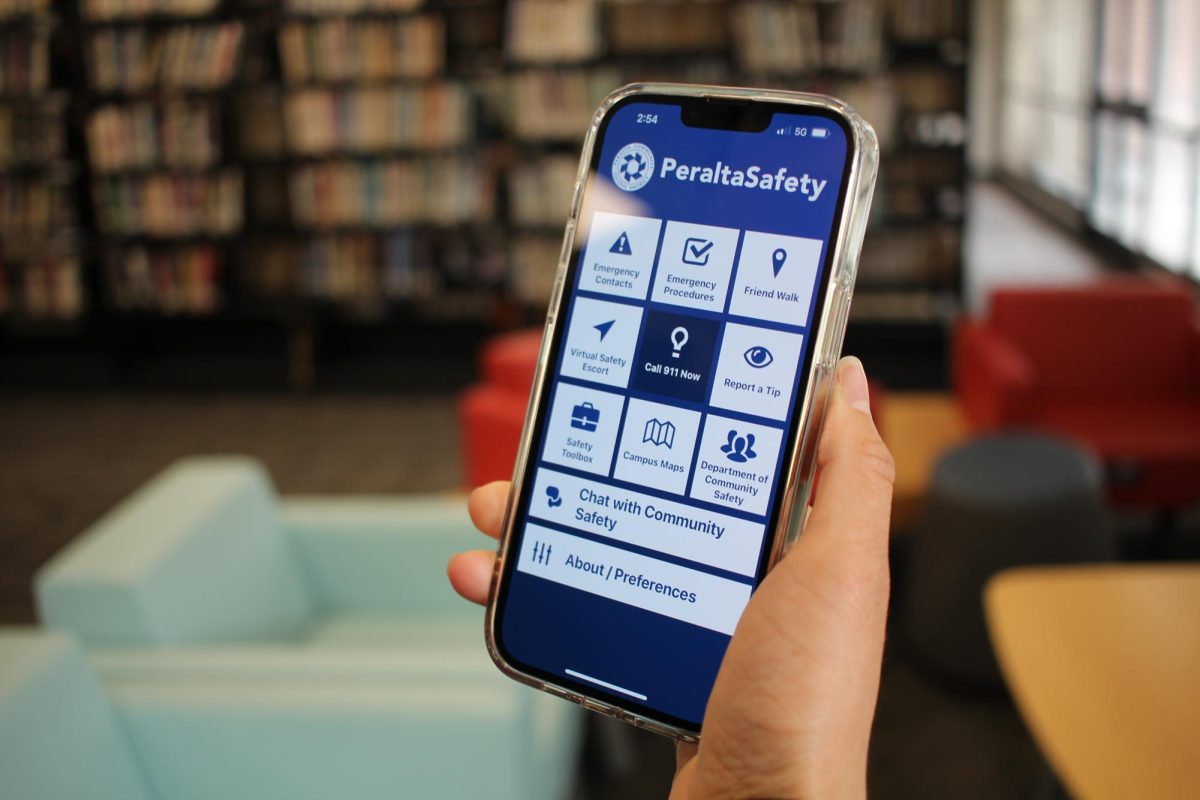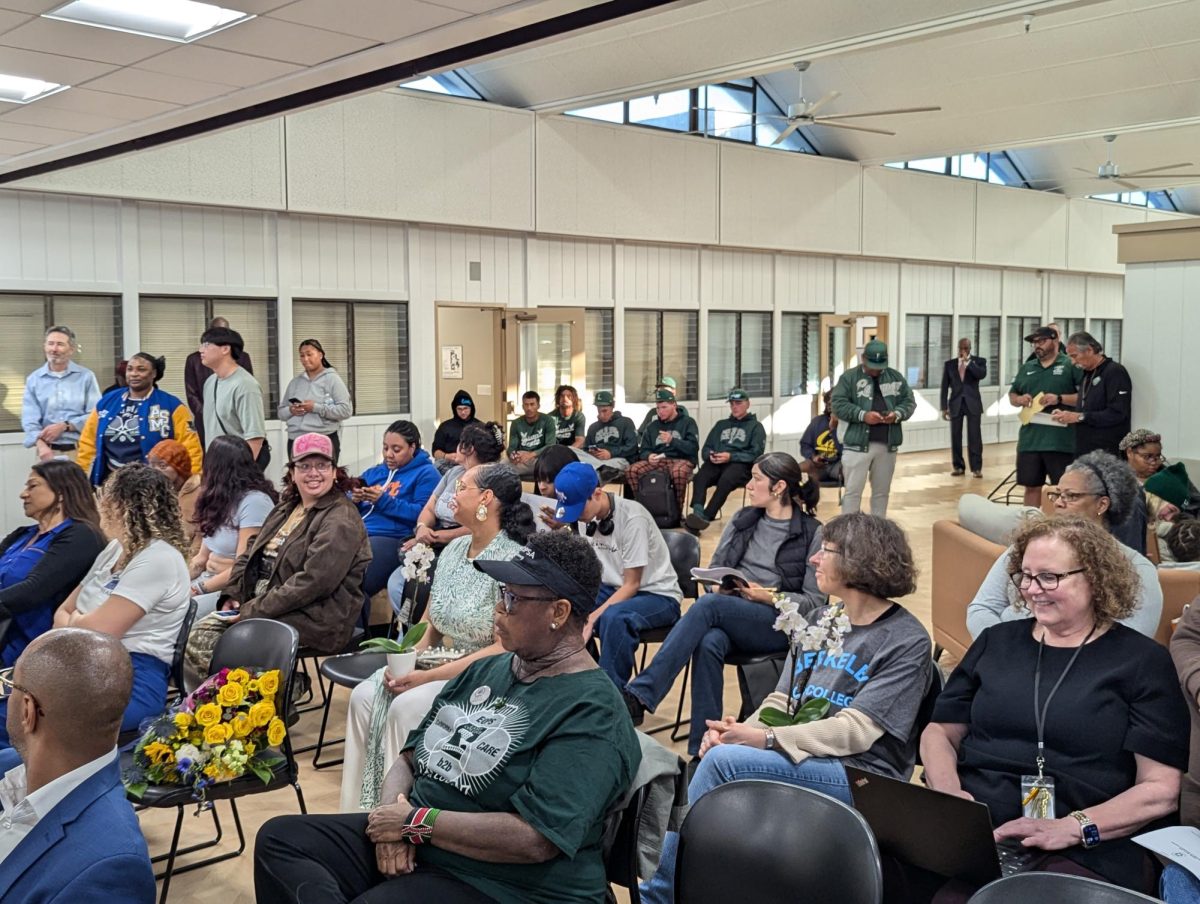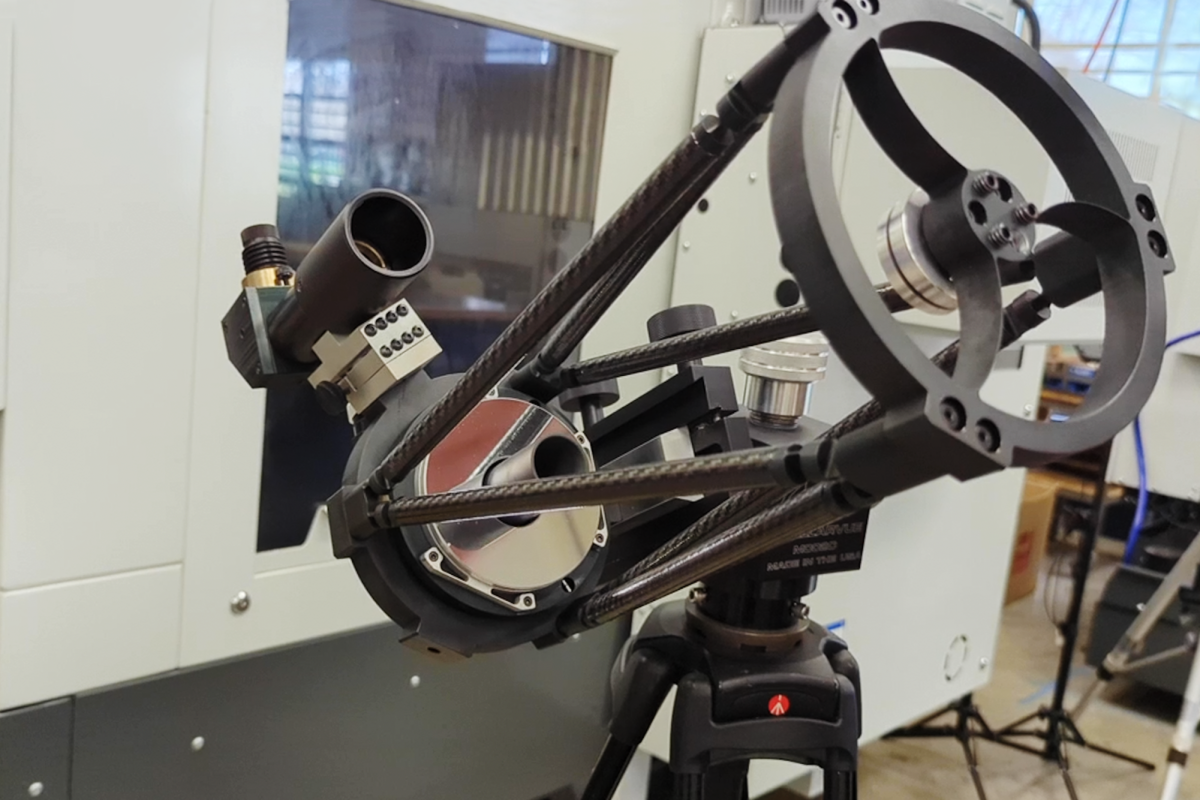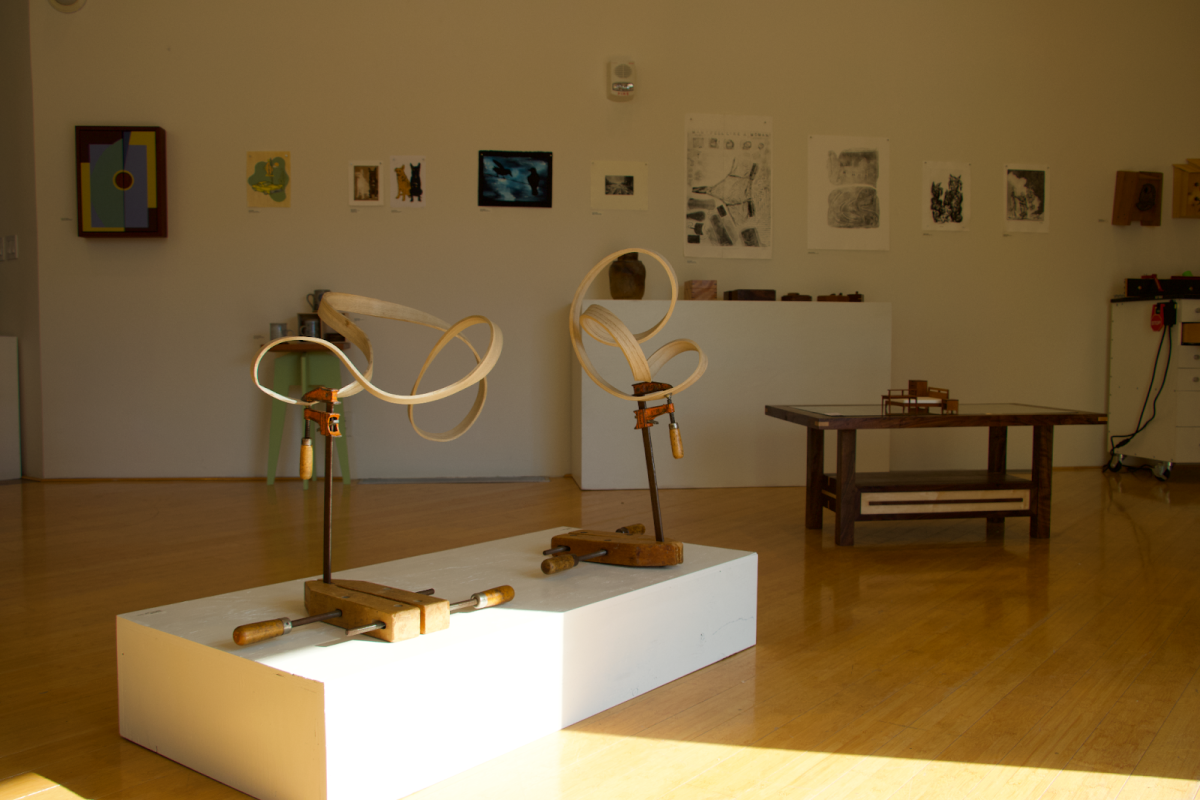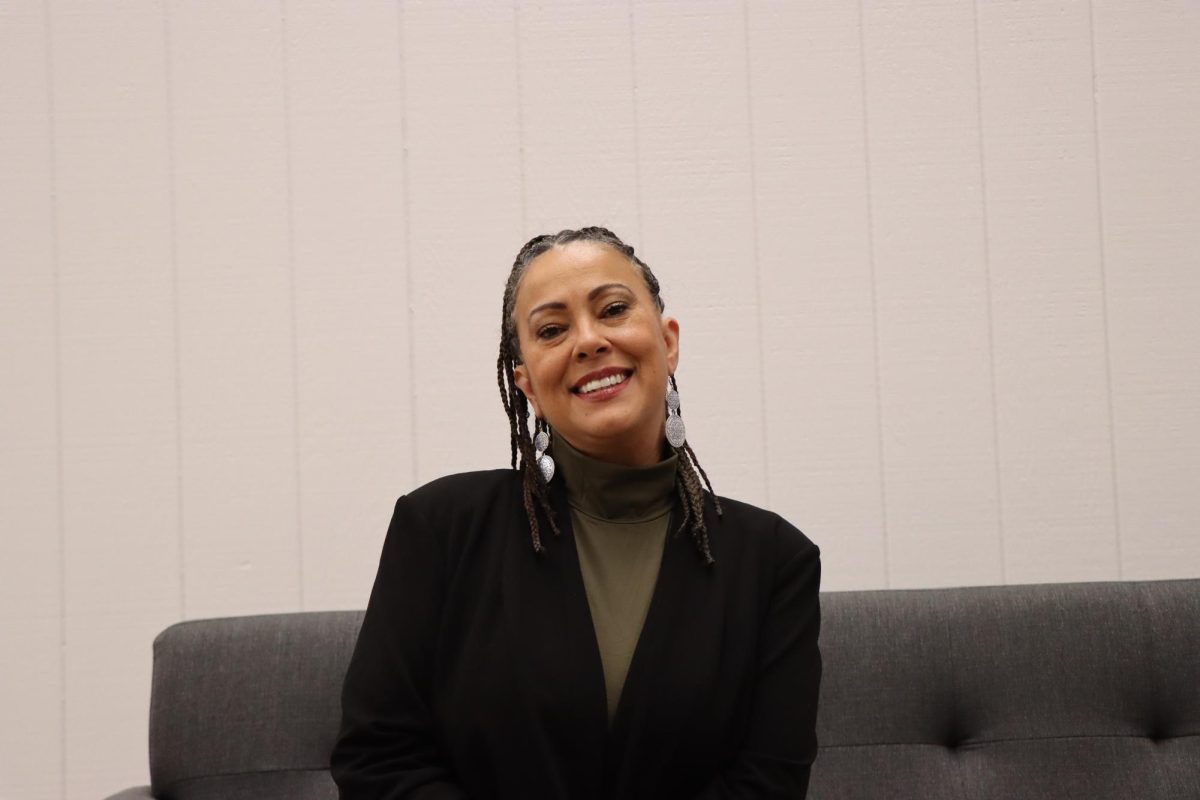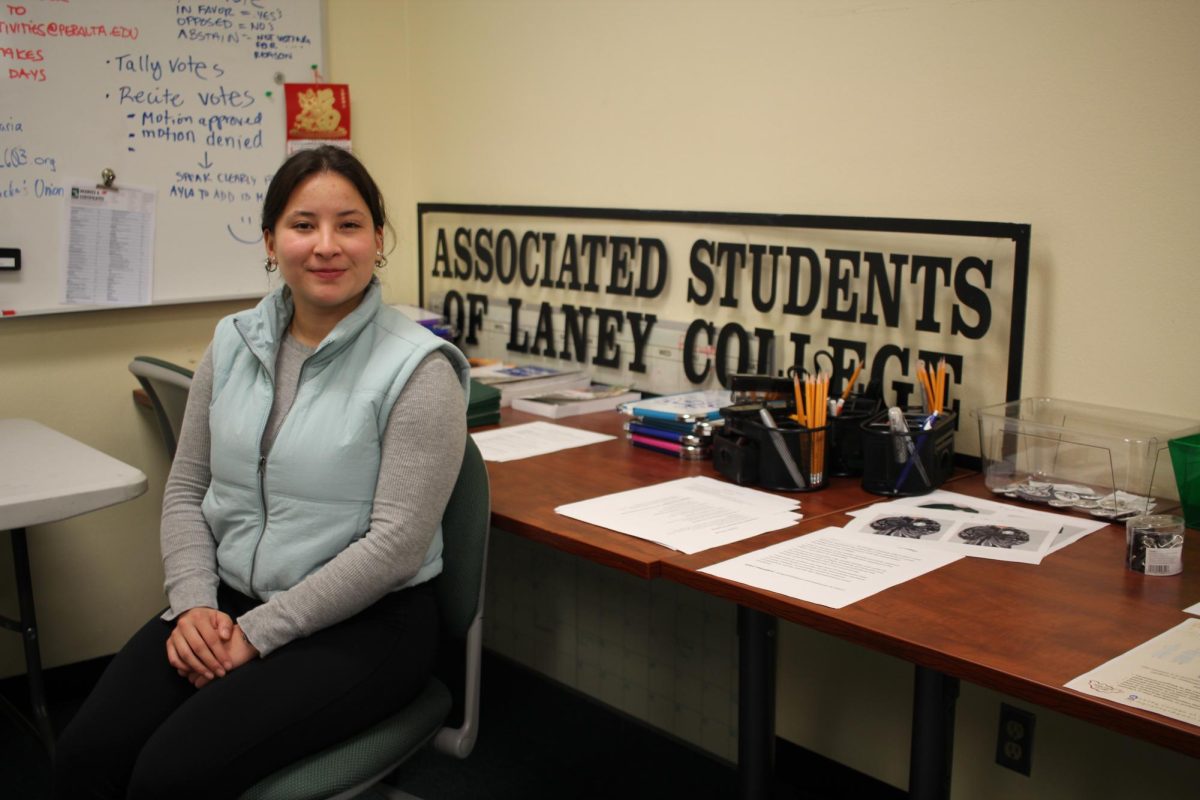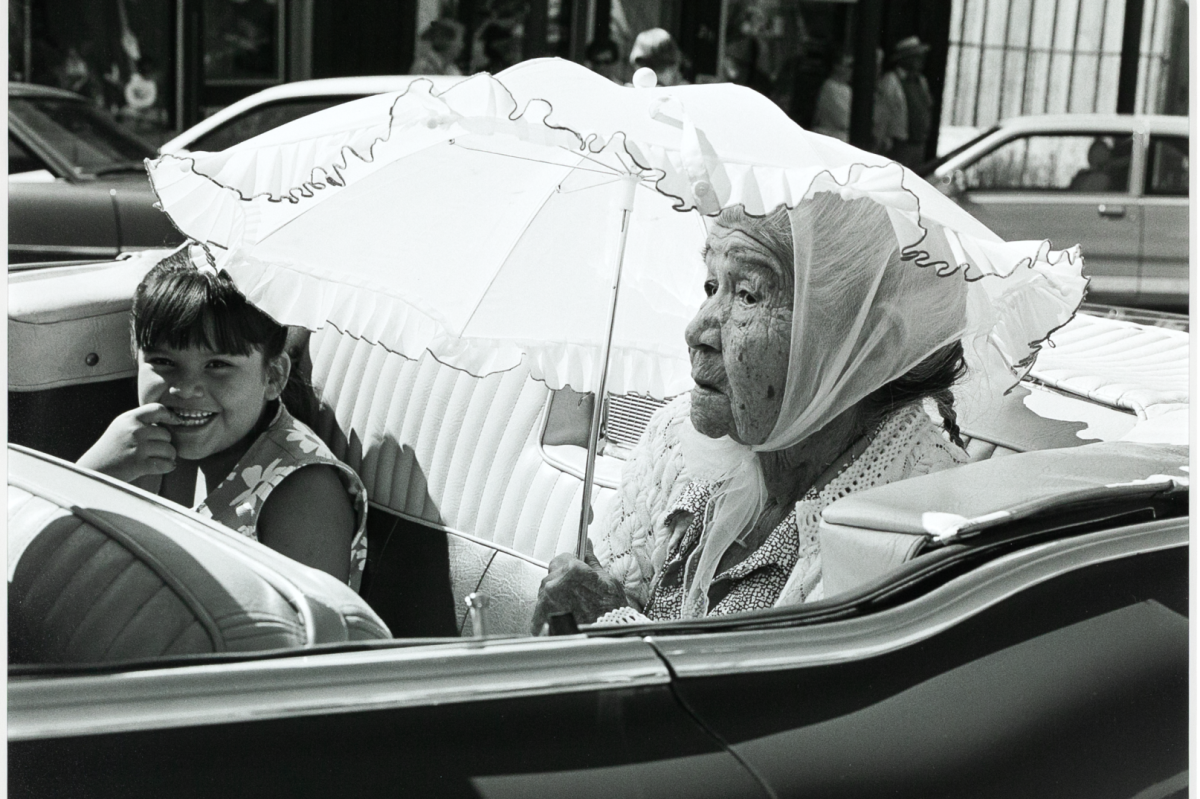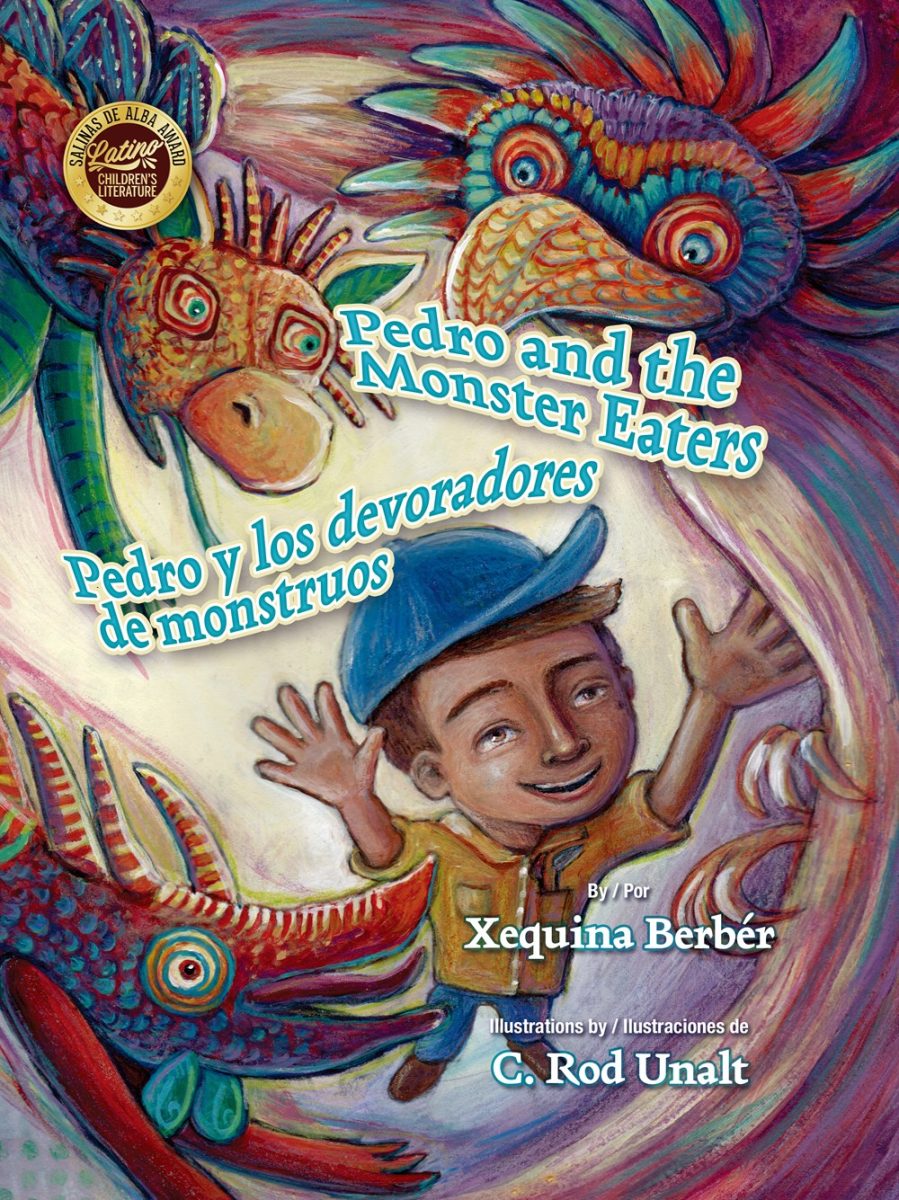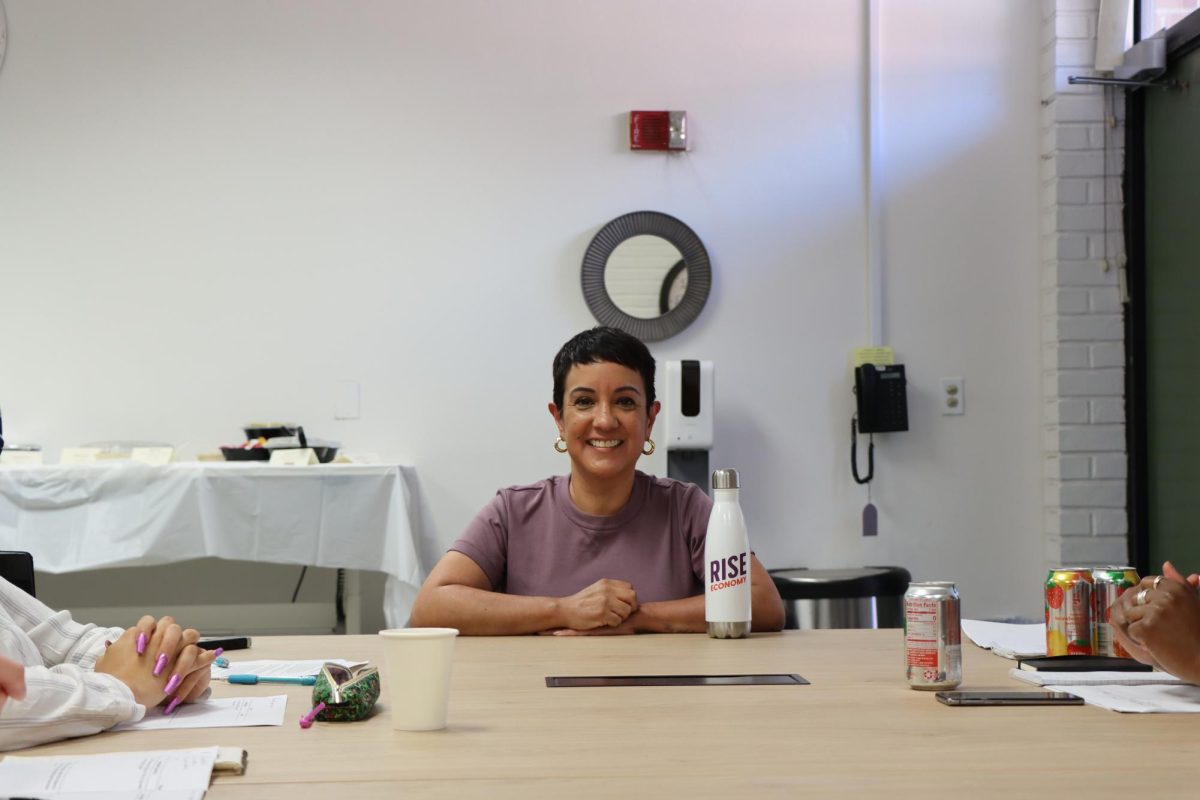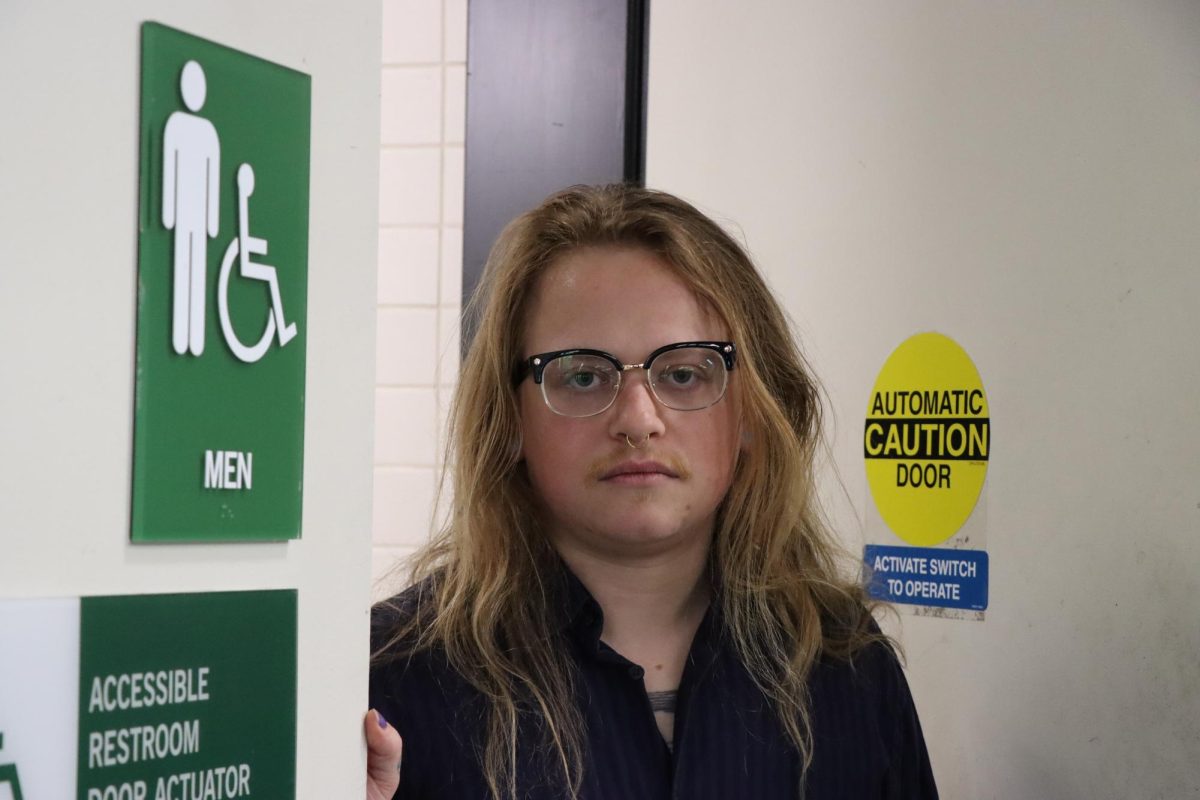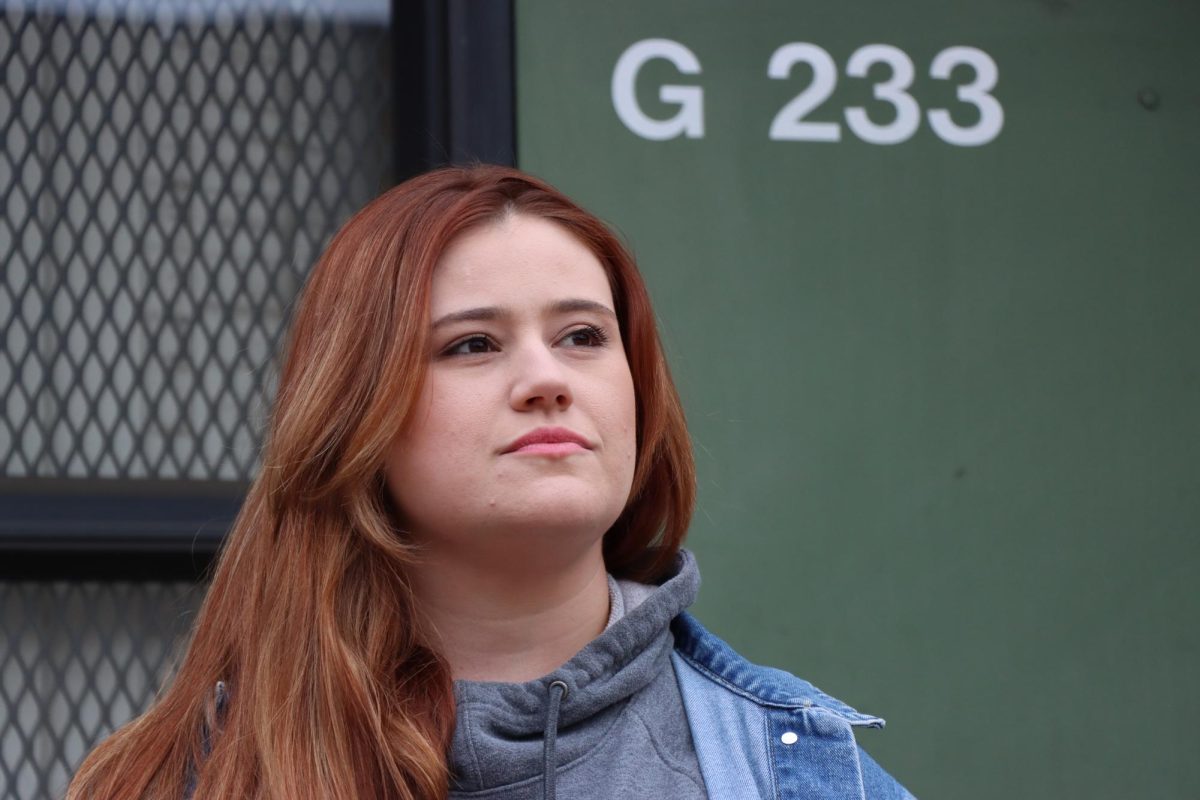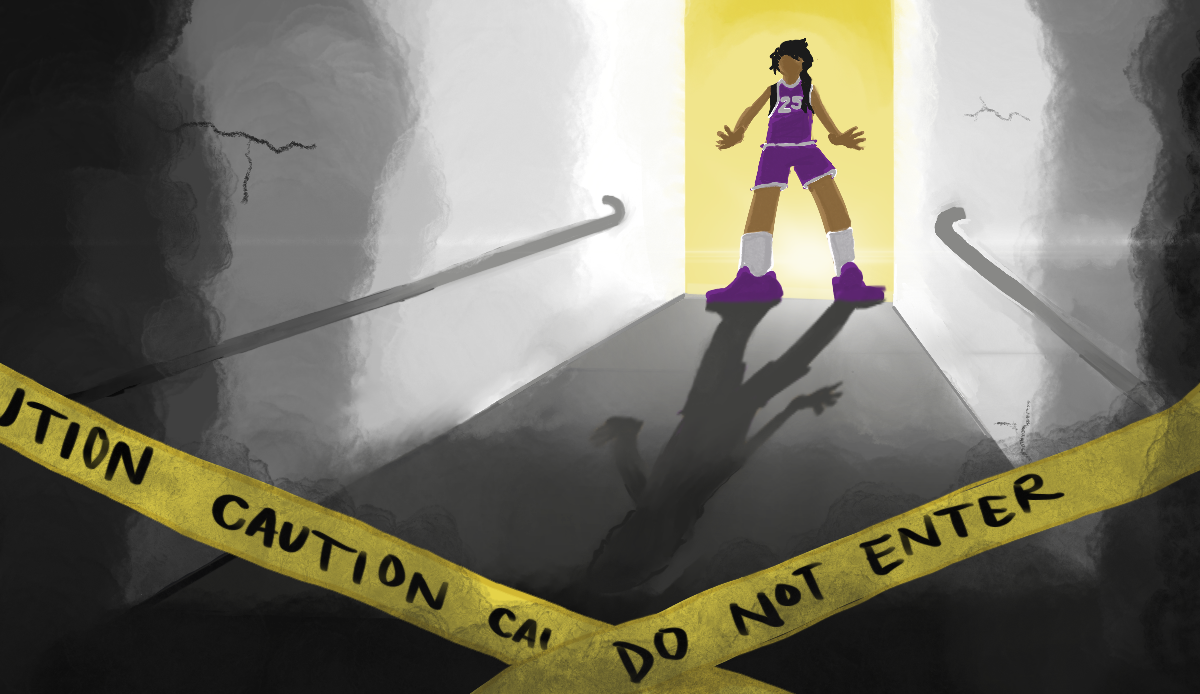In new book, Laney professor details ecological damage done to Polynesian isles
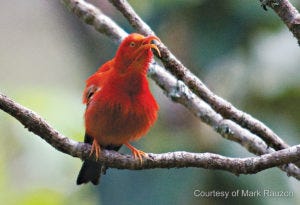 In ‘Isles of Amnesia’ Laney Geography Professor Mark Rauzon recounts his island-by-island efforts to reclaim biodiversity. Researcher, photographer, writer, ornithologist, artist and ‘contract killer,’ Rauzon kept journals describing his work over a span of 30 years. He transcribed them into this beautiful and compelling volume, the second in his trilogy of ‘Isles.’
In ‘Isles of Amnesia’ Laney Geography Professor Mark Rauzon recounts his island-by-island efforts to reclaim biodiversity. Researcher, photographer, writer, ornithologist, artist and ‘contract killer,’ Rauzon kept journals describing his work over a span of 30 years. He transcribed them into this beautiful and compelling volume, the second in his trilogy of ‘Isles.’‘Isles of Amnesia’ begins with a reference to the famous first three words (‘Call me Ishmael’) of literature’s zenith nautical epic, ‘Moby Dick.’
But instead of hunting down a great whale, Rauzon was combing islands for destructive species that have sunk many oceanic sea birds to near or complete extinction.
The title ‘Isles of Amnesia’ combines two thoughts: ‘Am-’ for American and ‘-nesia’ for Polynesia, with the islands that have been so crucial to U.S. military and security and are now forgotten. Most of these insular islands are tiny and uninhabited. We know some as U.S. military bases. America’s sweetheart Amelia Earhart was headed to one of these atolls when her plane vanished, never to be recovered. But most of these islands are out of mind.
Polynesian Past
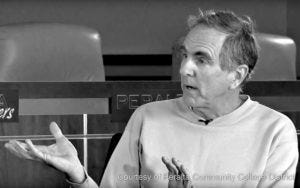 In 2009 and 2014, President George Bush created the Pacific Remote Islands National Monument, and President Barack Obama more than doubled the area to protect over 485,000 square nautical miles of ocean flora and fauna, fish, and coral reefs.
In 2009 and 2014, President George Bush created the Pacific Remote Islands National Monument, and President Barack Obama more than doubled the area to protect over 485,000 square nautical miles of ocean flora and fauna, fish, and coral reefs.People have been visiting the islands and atolls of the Pacific for hundreds of years. It is part of our DNA. History is replete with the basic human need to go farther, explore new lands and plant a flag.
First, European explorers and whalers alighted to exploit guano reserves, followed by American ships in the early 1900’s, dropped anchor and declared ownership of them.
Regardless of origin, rats aboard any ship scurry onto dry land. Their effect on island ecology is devastating.
When American biologists became concerned about rat over-population, the government tried to rectify rat-induced devastation by chemical and biological poisoning. This was ill conceived. Hermit crabs that ate rat entrails started dying by the thousands, along with other predators.
The rat that got away soon became the trajectory for thousands more. Subsequent eradication efforts involved introducing cats. In a flash, the ‘ratolls’ became ‘catolls.’ Cats caused even more damage than rats.
Island by Island
‘Isles of Amnesia’ is an island-by-island account of Rauzon’s battles to restore ecosystems. He is first and foremost an ornithologist. The book is a compilation of his experiences while trying to save these birds, dusted with his own drawings and photographs, character studies and seafaring adventure. His descriptions of battling through brush and assault by insects will make your skin crawl.
Rauzon’s appetite for history makes for a riveting read. He conducted exhaustive research about the islands with the help of the Departments of the Navy, the Smithsonian, and especially through his use of the Freedom of Information Act. The book contains new information to most readers, with the demanding moral strength that will define our destiny.
Strategic Positions
Each island, from Johnston Atoll to American Samoa to Wake Island, has its unique history that presents singular challenges.
Johnston Atoll was the site of Operation Castle-Bravo, the hydrogen bomb explosions. Rauzon writes that the sky was lit up ‘with blues, reds, oranges, and purples of the most intense and purest hues imaginable, emanating around the roiling fireball.
It seemed to break into itself with continual crackling, much like the sound that ice makes when dropped in water. As it mushroomed in the dawn’s early light, pulverized coral dust began to settle on the battleship-gray surfaces of the Eastman and Hall.’
One thing the military is good at is holding reunions. The islands used for testing also blanketed unwitting sailors with chemical and biological agents. Many contracted the same cancers and physical conditions that begged important questions, adding disturbing information to dig further, as answer created questions producing questionable answers.
Wake Island has served as a military stopover and refueling post between the U.S. and Asia, with its important strategic position and the longest runway of the islands. Wake Island was theatre to month after month of slaughter, deprivation, fire and some of the bloodiest and most relentless skirmishes of World War II. It was the stage for the infamous conference about the progress of the Korean War, which led to the dismissal of General MacArthur by President Truman. During the Vietnam War, Wake was an important stop over from the states.
As always, ecological devastation is the collateral damage of war. The chapter on Wake ends with a heartbreaking account, including rare photos of the now-extinct Wake rail. Rauzon opines, ‘I glimpsed through Lyons’s eyes, and camera lens, a species passed from this earth, and, like the photo of Torrey Lyons, their countenance lives on.’
He leaves us with the hopeful: ‘We celebrate the past, but we live in the future, and as island stewards of a managed ecosystem, it is appropriate to replace missing parts of the ecosystem.’
Island to Inland
Each chapter is packed with compelling stories, dusted with his own photographs and sublime drawings of living creatures. He formed relationships with real curmudgeons, like David Woodside, and spiritual native islanders who invited him into their substance-enhanced traditional circles. Some stories are hilarious, others mind-blowing.
This is an immense work that honed Rauzon’s skills in raw research from a citizen of the world who crossed over into skepticism and the questioning of authority of the 60’s and 70’s, and traded a PhD for real life research and experience that would later be translated into a job as one of Laney’s multi-talented professors.
As a researcher, Rauzon was able to do the raw research he now translates to Laney classrooms as a tenured professor of geography. We have a unique opportunity to perform real scientific research based on theories, and just in our backyard we can find answers where fresh and salt water meet.

